Bathroom Business School
Renovate the bathroom
The most important thing is waterproofing.
Today, I brought the bathroom waterproof treasure trove.
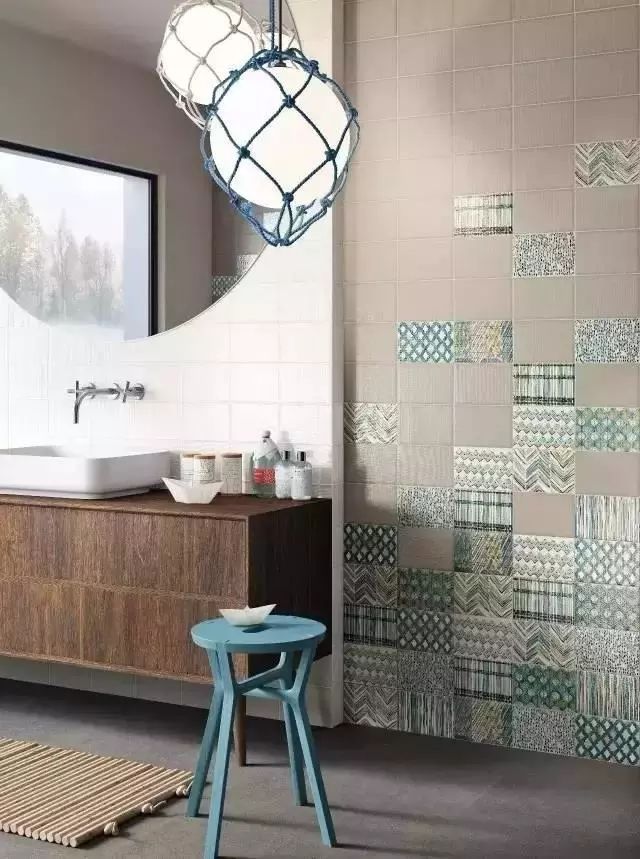
Reasons for water seepage in the bathroom
1, Rubber cement mix produces cracks.
2, After doing a good waterproof layer, the latter process destroyed the waterproof layer (tile).
3, Use of bad waterproofing materials (cheap stuff, bad quality).
4, Did not do the waterproof layer as the required, or waterproof layer is not thick enough (> 1.2 mm).

5, Did not do the node processing as required.
6, Buried pipes after slotting during the renovation. This destroys the original waterproofing layer and causes leakage.
7, When doing a waterproofing, the substrate does not meet the requirements. Thus there is sand, loose and other phenomena.
8, Cracks caused by different shrinkage of water pipes and cement.
Bathroom renovation waterproofing tips
1, Be sure to do wall waterproofing. Before laying wall tiles, do wall waterproofing. General waterproofing treatment in the wall should be done 30 cm high waterproofing treatment. But for non-load-bearing light walls, you have to waterproof the whole wall. At least 60 cm is high.
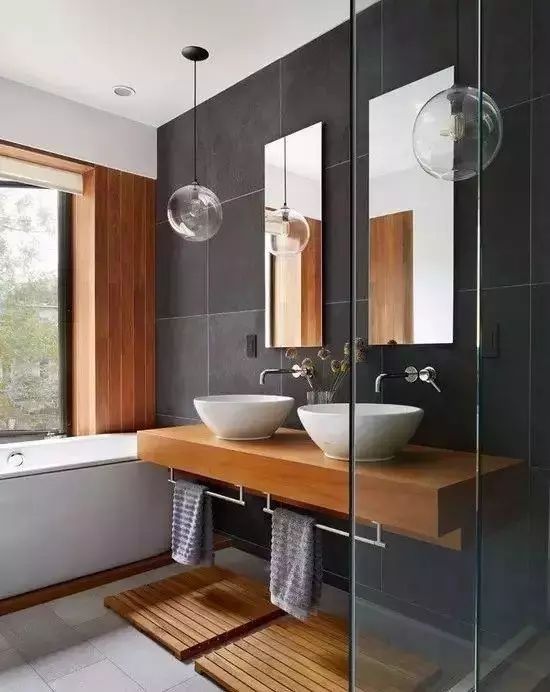
2, Wall and the ground between the seam and the pipe between the water upstream and downstream ground seam, is the most likely to have problems. Be sure to urge good workers to deal with these edges and corners, waterproof paint must be applied in place.
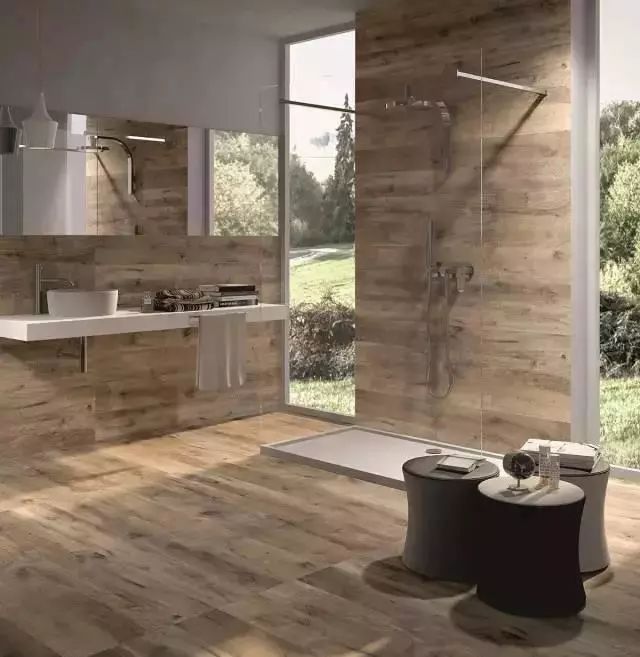
3, Before repaving the floor tiles, you have to do waterproofing measures on the ground. If you need to replace the original bathroom tiles, the original floor tiles chiseled away, be sure to use cement mortar to level the ground first, and then do waterproofing treatment. This can avoid waterproof coating due to uneven thickness and leakage. Before doing a waterproofing, be sure to clean up the ground.
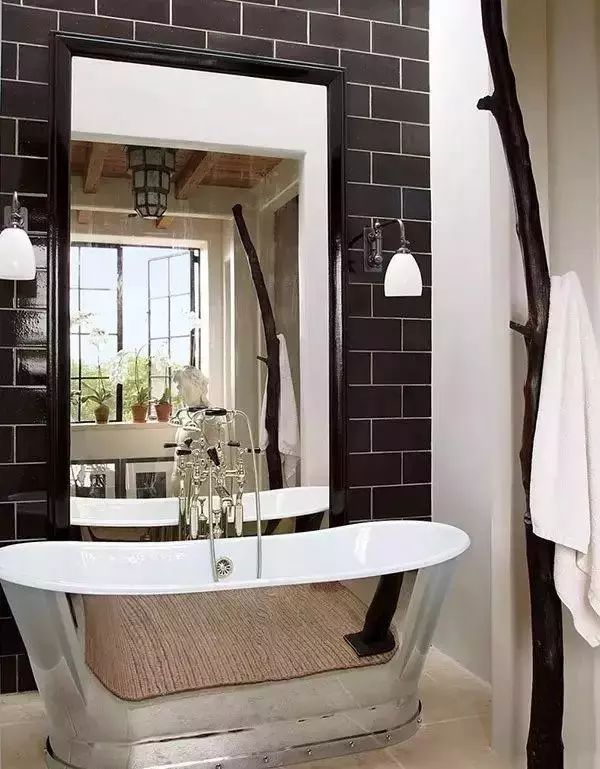
4, Try not to destroy the original waterproof layer. In the newly delivered buildings, generally do waterproofing layer on the ground, so do not destroy the original waterproofing layer. Do so, generally will not occur leakage.
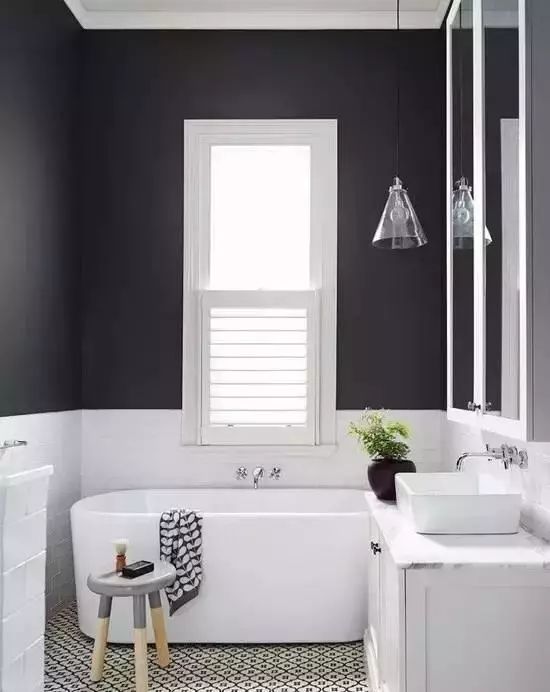
5, Ask the renovation team to give the bathroom water and sewage pipes do a good job of cement root guard. From the ground, brush up 10 to 20 cm of waterproofing paint, then redo the floor ester waterproofing. Plus the original waterproof layer consists of a composite waterproof layer to enhance waterproofing.
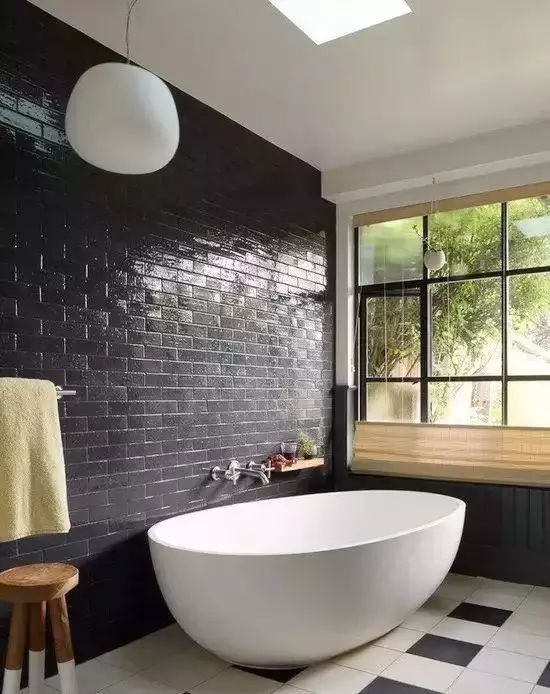
6, Also waterproof the recesses of the water pipes in the wall. In the construction process, in the pipeline, floor drains, etc. through the floor, the waterproofing layer around its hole must be carefully constructed. Buried water pipes inside the wall. Here to do a reasonable layout. The laying of water pipes is always made larger than the diameter of the groove. Plaster the groove to make it round and smooth, and then brush the waterproof coating in the groove.
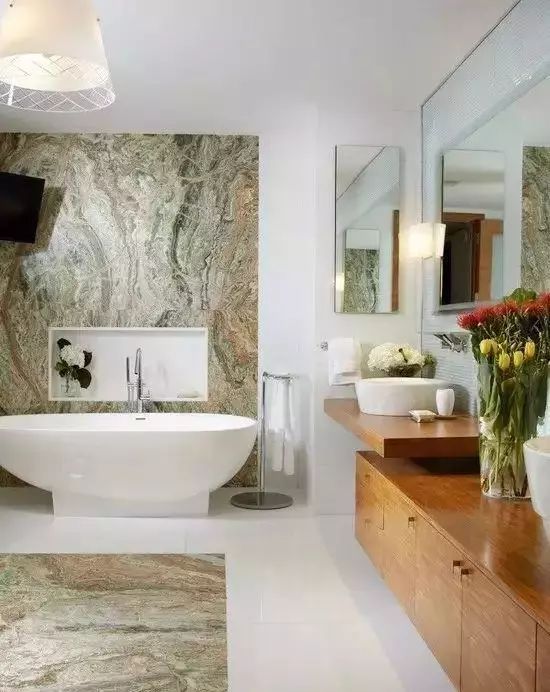
7, With 24 hours of “water test” to accept the waterproof function. After the waterproofing work is done, seal the doorway and downspout. On the bathroom floor full of water, after reaching a certain liquid level height, do the mark. If there is no significant drop in the liquid level within 24 hours, especially the roof of the house downstairs did not occur leakage, waterproofing is done to pass.
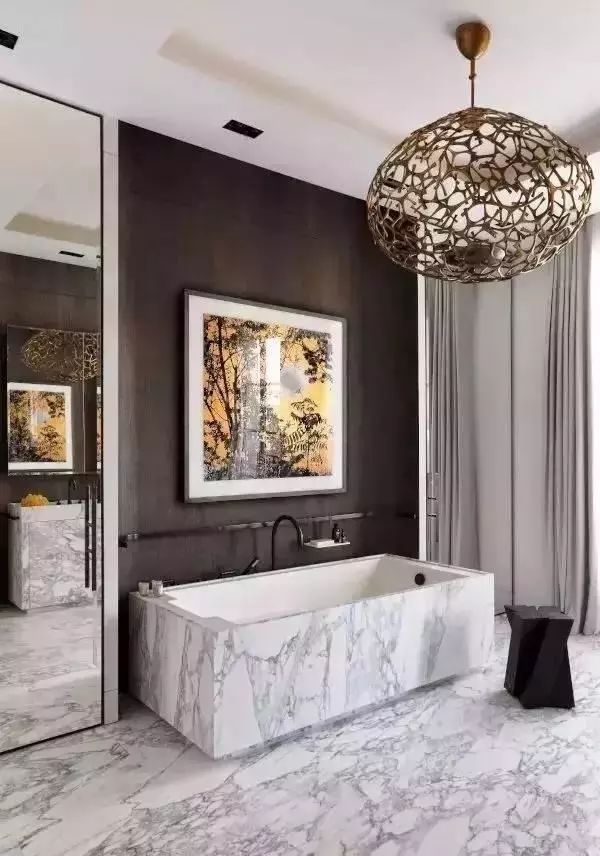
Bathroom
Renovation waterproofing specifications
1, Waterproof construction is appropriate for coated waterproofing materials.

2, Waterproof material performance should be in line with the provisions of the relevant national standards and should have a product certificate of conformity.

3, The surface should be flat. The surface should not be empty drums, grit, with open cracks and other defects. The moisture content of the substrate should be in line with the construction requirements of waterproofing materials.

4, The waterproof layer should be extended from the ground to the wall, 250mm above the ground. The height of the waterproof layer of the bathroom wall shall not be less than 1800mm.
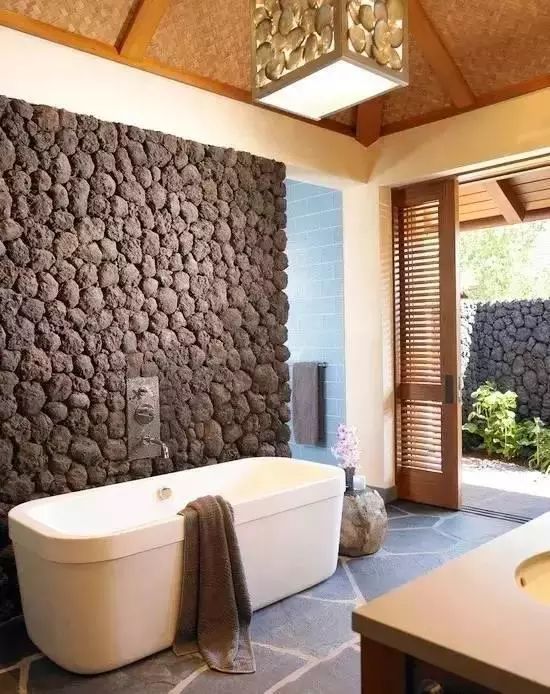
5, Waterproofing of the leveling layer of cement mortar should be combined with the foundation density. There is no empty drum. The surface is flat and smooth. Here no cracks, sand, and yin and Yang corners are made into a rounded shape.
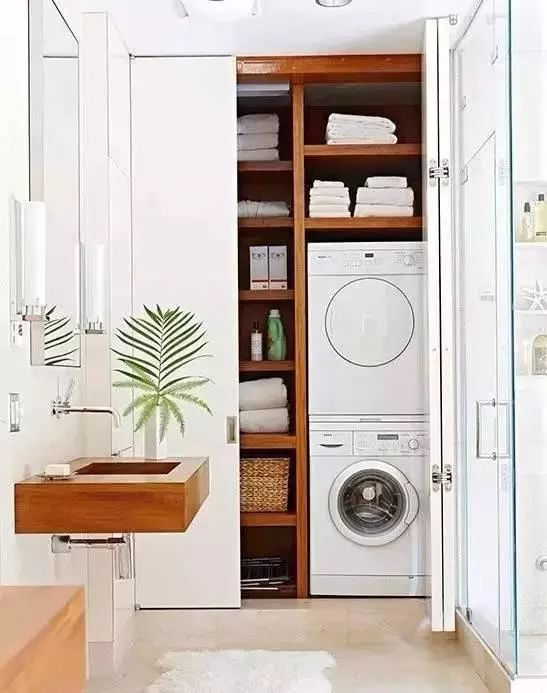
6, The waterproof layer of the coating should be painted evenly. The thickness meets the requirements of the technical provisions of the product. A general thickness of not less than 1.5 mm does not show the bottom.

7, the use of construction stubble should be lapped in the direction of flowing water. When using more than two layers of glass fiber cloth for the upper and lower lap, should be a staggering width of one-half.

8, The surface of the coating film will not blister or flow. It has a flat surface without bumps. They have tight joints with fittings, sanitary ware footings, floor drains, and drainage outlets. It has a rounded head and does not leak.
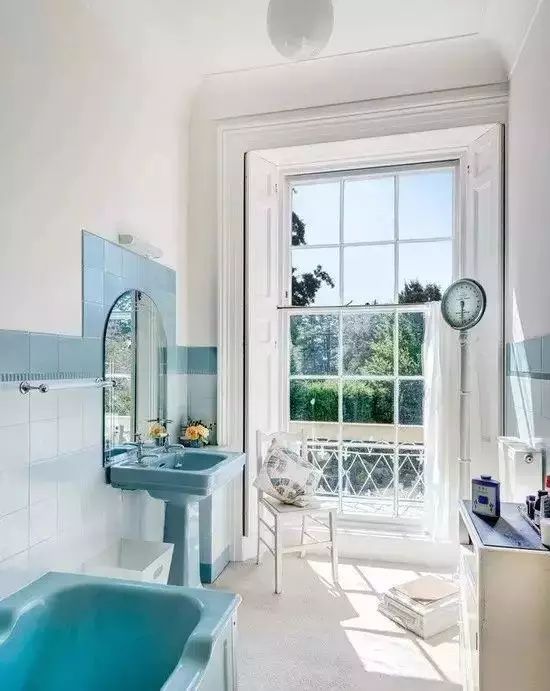
9, The thickness and strength of the cement mortar in the protective layer must meet the design requirements. In the operation, it is strictly prohibited to destroy the waterproof layer. According to the design requirements, the flooding slope of the ground should be done. Drainage should be smooth, and there should be no water backward slope phenomenon.

 WOWOW Faucets
WOWOW Faucets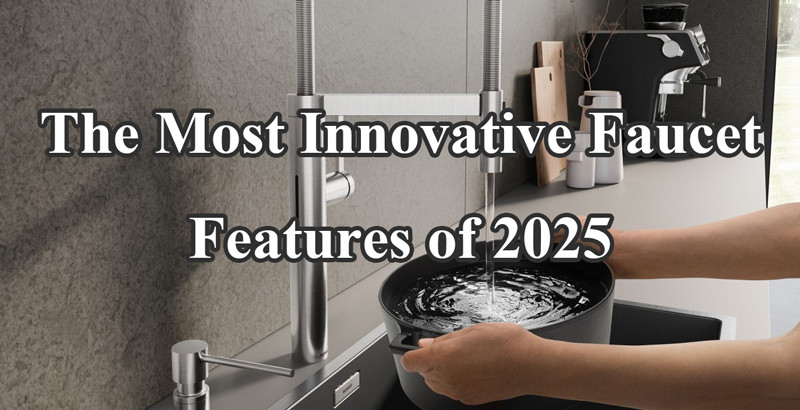





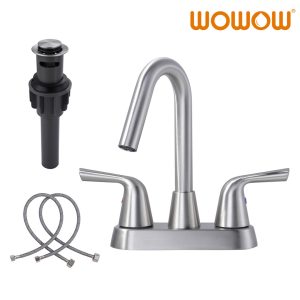
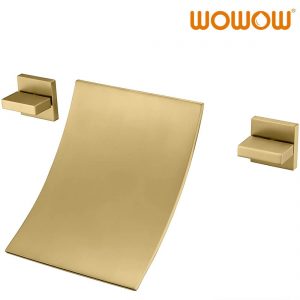
您好!Please sign in